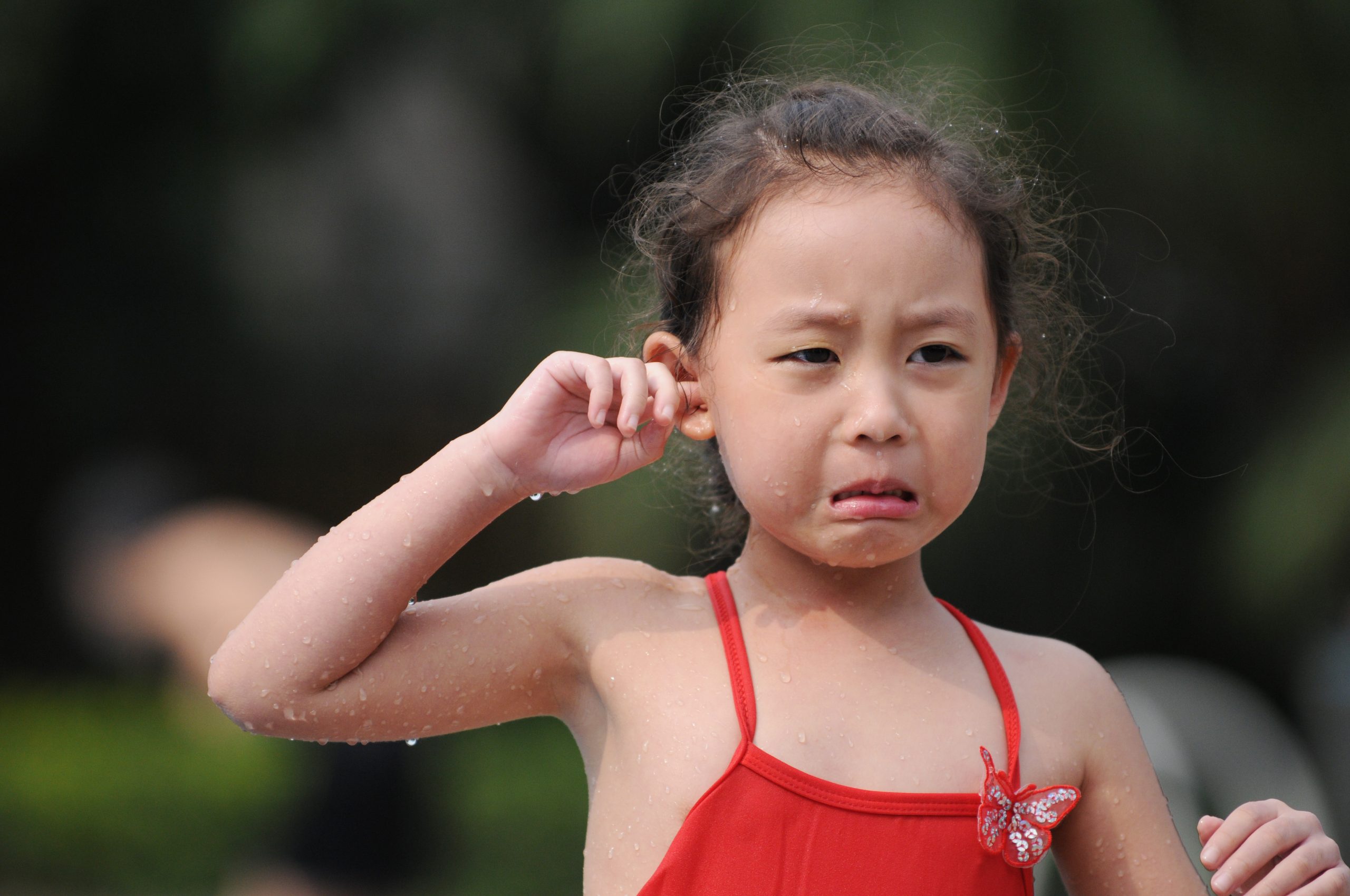
Separation Anxiety in Swimming Lessons for Infants, Babies and Toddlers
Our swimming lesson philosophy is that learning to swim should be simple, practical, and fun with an emphasis on skills and safety.
We understand that children are different with varying needs and will progress at their own pace. Allowing children to explore and make mistakes is an integral part of learning, which we respect.
That is why our instructors are trained to guide the student.
At Swim Africa, we realize that some children may cry for the first swimming lesson or ten as they try to gain control of a new situation. Parents always know what is best for their children.
In a life-saving situation, immediate action is required and this can be developed as a conditioned response. We believe in a no-nonsense method of swim instruction that works. We teach swimming as a life skill. We call it a life skill because it could potentially save your or your child’s life.
Our teaching is done as a positive and individualized approach and works for everyone, from complete beginners to competitive swimmers. Our coaches have training in mentoring swimmers with special needs. Swimming will develop inner and physical strength. Swimmers and their families will develop discipline, mutual trust and respect, control, support, pride, and the life skill of swimming. These are attributes that can be applied to all areas of life. We expect each swimmer to strive to do his or her best during each lesson. We encourage families to use swimming as a fun, physical, and healthy part of their lifestyle.
If there are tears and it seems highly likely that the child is dealing with separation anxiety, then we normally continue the swimming lesson for infants, babies and toddlers to completion.
Tips for Easing Normal Separation Anxiety in Swimming Lessons for Infants, Babies and Toddlers
For children with normal separation anxiety, there are steps you can take to make the process of separation anxiety easier.
- Practice separation. Leave your child with a caregiver for brief periods and short distances at first.
- Schedule separations after naps or feedings. Babies are more susceptible to separation anxiety when they’re tired or hungry.
- Develop a “goodbye” ritual. Rituals are reassuring and can be as simple as a special wave through the window or a goodbye kiss.
- Keep familiar surroundings when possible and make new surroundings familiar. Have the sitter come to your house. When your child is away from home, let him or her bring a familiar object.
- Have a consistent primary caregiver. If you hire a caregiver, try to keep him or her on the job.
- Leave without fanfare. Tell your child you are leaving and that you will return, then go—don’t stall.
- Minimize scary television. Your child is less likely to be fearful if the shows you watch are not frightening.
- Try not to give in. Reassure your child that he or she will be just fine—setting limits will help the adjustment to separation.
Happy swimming!



